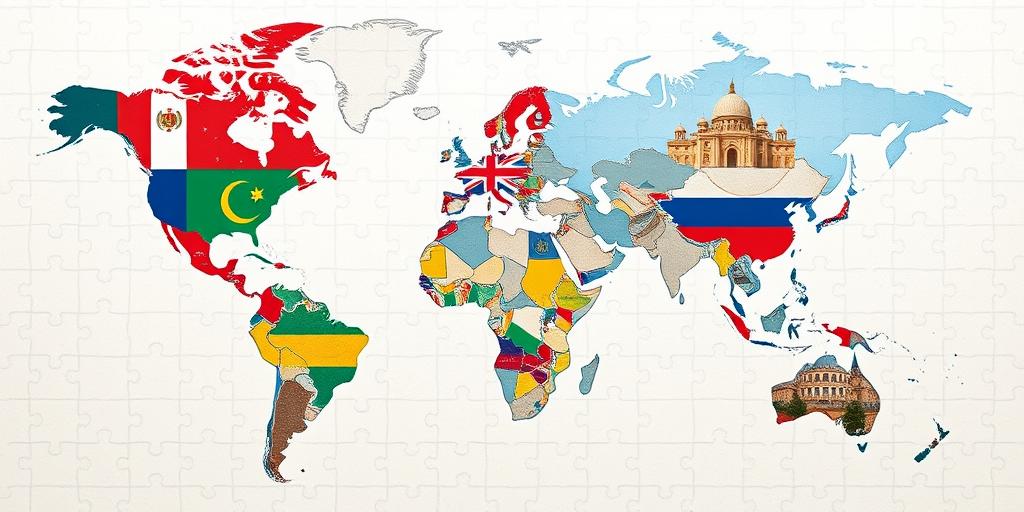Cultural Factors in Border Disputes
Border disputes are often viewed through the lens of political and economic factors. However, cultural elements play a significant, often overlooked, role in these conflicts. Understanding these cultural dimensions is crucial for effective conflict resolution and fostering lasting peace.
The Role of Cultural Identity
Cultural identity is a powerful force that shapes people's perceptions, values, and beliefs. When borders divide communities with shared cultural identities, tensions often arise. This can manifest in several ways:
- Linguistic Ties: Language is a fundamental aspect of culture. Disputes can emerge when linguistic groups are separated by borders, leading to issues of language rights and cultural preservation. For instance, regions with minority language populations may feel marginalized if their language is not recognized or supported by the state.
- Shared Heritage: Historical sites, monuments, and traditions can hold deep cultural significance. Disputes over the ownership or control of these sites can ignite strong emotions and fuel nationalist sentiments. The destruction or desecration of cultural heritage can be particularly inflammatory.
- Religious Affiliations: Religious beliefs and practices often form a core part of cultural identity. When borders separate religious communities, it can lead to conflicts over religious freedom, access to holy sites, and the protection of religious minorities.
Cultural Narratives and Historical Memory
How a community remembers its history plays a crucial role in shaping its identity and its relationship with neighboring groups. Conflicting historical narratives can exacerbate border disputes. For example:
- Competing Claims to Territory: Historical claims to land are often based on cultural narratives that emphasize a group's long-standing presence in a particular region. These narratives can clash with those of other groups, leading to competing claims and territorial disputes.
- Victimhood and Grievances: Historical events, such as wars, genocides, or periods of oppression, can leave deep scars on a community's collective memory. These experiences can fuel resentment and a desire for redress, which can manifest in border disputes and irredentist movements.
Cultural Exchange and Cross-Border Interactions
While cultural differences can be a source of conflict, cultural exchange and cross-border interactions can also promote understanding and cooperation. However, these interactions can also be fraught with challenges:
- Migration and Integration: Migration across borders can lead to cultural clashes and tensions, particularly if newcomers are perceived as a threat to the existing cultural order. Effective integration policies are essential to manage these tensions and promote social cohesion.
- Trade and Economic Ties: Economic interactions across borders can foster interdependence and mutual understanding. However, they can also lead to disputes over resources, trade imbalances, and the exploitation of labor.
Case Studies
Several real-world examples illustrate the importance of cultural factors in border disputes:
- Kashmir: The dispute between India and Pakistan over Kashmir is deeply rooted in cultural and religious identities. The region's majority-Muslim population has strong cultural and historical ties to both countries, leading to competing claims and ongoing conflict.
- The Balkans: The breakup of Yugoslavia was marked by intense ethnic and cultural conflicts, with borders often drawn along ethnic lines. Disputes over territory and minority rights continue to simmer in the region.
Conclusion
Cultural factors are an integral part of border disputes. Ignoring these factors can lead to misunderstandings, miscalculations, and ultimately, the failure of conflict resolution efforts. By understanding the role of cultural identity, historical memory, and cross-border interactions, policymakers and mediators can develop more effective strategies for addressing border disputes and building lasting peace.









